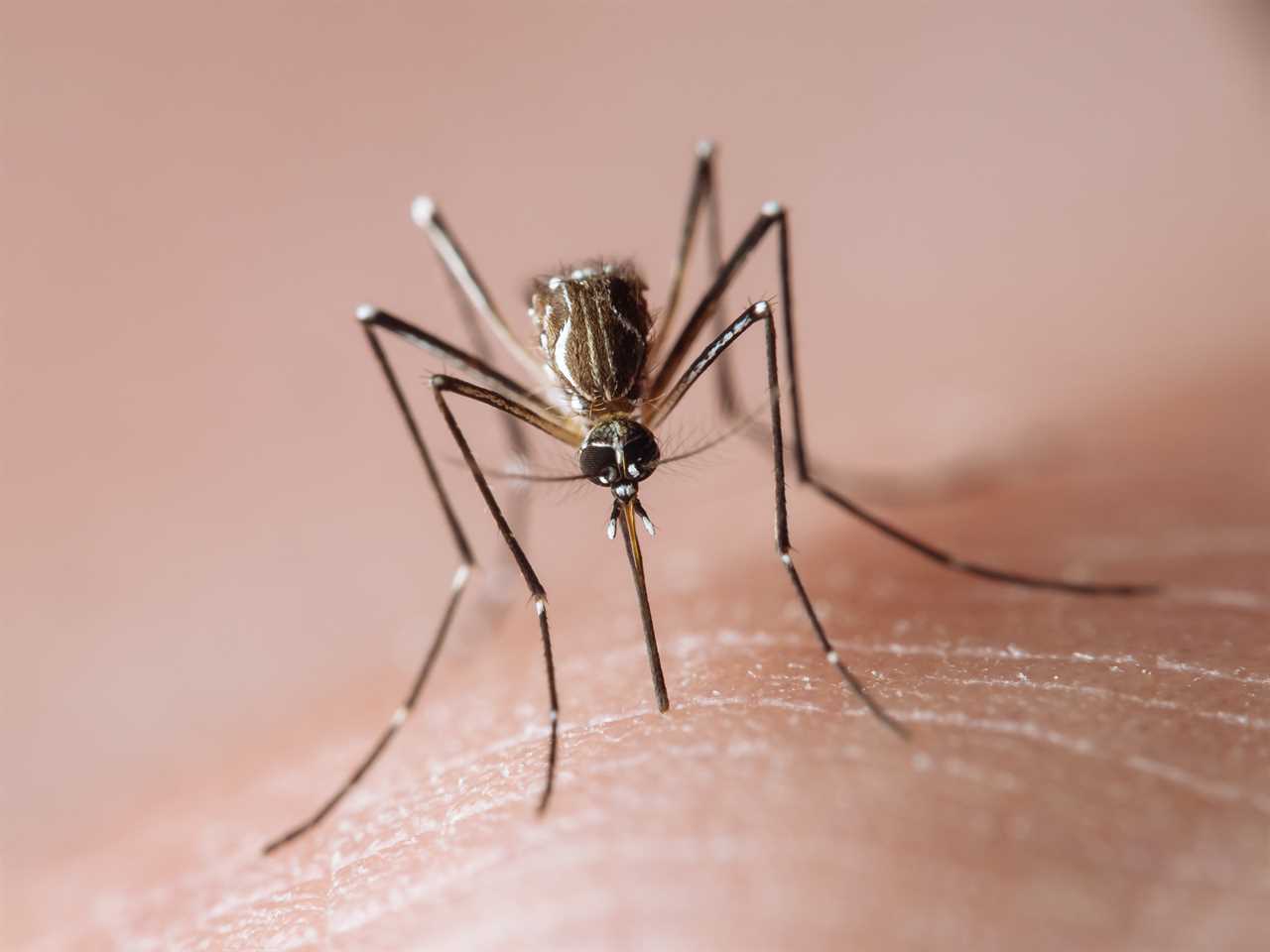---------------------------------------

The Centers for Disease Control and Prevention (CDC) issued an alert on Tuesday advising health care providers and public health authorities about an elevated risk of dengue fever infections in the U.S.
The viral disease, which spreads through mosquito bites, has affected at least 2,241 people in the nation this year, according to the CDC.
[time-brightcove not-tgx=”true”]
The greatest number of cases on the continental U.S. have been recorded in Florida, New York and Massachusetts. But the crux of U.S. cases has been recorded in Puerto Rico, where nearly 1,500 cases have been reported in 2024. (U.S. travelers also reported a high number of infections at 745 cases.) The U.S. territory issued their own public health emergency this March, while the World Health Organization (WHO) issued an emergency related to the virus last December.
The spread of the disease has been exacerbated by increasingly wet and warm summer months brought forward by El Niño. Experts say that the climate is ideal for mosquitoes that can carry the virus to reproduce and continue to spread dengue.
Dengue affects about 400 million people annually. Here’s what to know about the virus.
What is dengue?
Dengue is a viral disease more commonly experienced in tropical and subtropical climates, according to WHO. There are four different virus types.
Infected Aedes species mosquitoes can spread the disease to humans. Many infected persons have mild or no symptoms, though others can experience aches, pains, nausea, rashes, and vomiting. High fever may also be indicative of dengue. WHO says symptoms usually start about 4-10 days after infection, while the CDC points to a broader timeframe: within two weeks of being bitten by a mosquito.
Symptoms usually clear in about a week, the CDC says.
Dengue is only fatal in severe cases, which can bring symptoms like severe abdominal pain, persistent vomiting, bleeding gums or nose, fatigue, bloody stools, pale and cold skin, and more.
How to prevent dengue infection
In the U.S., the majority of the cases occurred in travelers who went to areas with risk of dengue. But because the mosquitoes that spread the disease live across the country, “local spread of dengue is possible,” the CDC says.
Because dengue is transmitted through pesky, flying insects, the best way to prevent catching the disease is to avoid mosquito bites. That can be done by wearing insect repellent, or opting to wear loose, long-sleeved clothes.
Dengue outbreaks happen every two to five years. People should be especially cautious about catching the virus if they are planning to travel to Latin America, which has seen a record-breaking number of cases thus far, per the CDC.
Is there a way to treat dengue?
Most doctors treat symptoms of dengue through prescribing acetaminophen, or asking patients to stay hydrated. But there is no special medication to bypass the disease.
There is a dengue vaccine for children aged 9 to sixteen if they have confirmation of a previous infection, or live in an area where dengue is common. Vaccines are recommended for U.S. territories, per the CDC.
Under the new advisory, doctors are advised to be aware of the increased possibility of dengue among patients, and to consider issuing dengue tests if necessary.
Is dengue fever common in the U.S.?
The CDC lists freely associated states and six U.S. territories as areas with “frequent or continuous dengue transmission,” including Puerto Rico, American Samoa, and the U.S. Virgin Islands.
There have been 197 cases reported in Florida, followed by 134 in New York, and 50 in Massachusetts. Infections in these states have been small or sporadic, per the CDC’s alert. Virus transmission has also been reported in Arizona and California in the last two years.
Get alerts on the biggest breaking news stories here
-----------------------------------------
By: Solcyré Burga
Title: What to Know About Dengue Virus as U.S. Sees Increased Risk of Infection
Sourced From: time.com/6991847/what-to-know-about-dengue-fever/
Published Date: Tue, 25 Jun 2024 21:17:19 +0000
Read More
 General Health and WellnessFitness and ExerciseSupplements and VitaminsPandemic NewsVideosPrivacy PolicyTerms And Conditions
General Health and WellnessFitness and ExerciseSupplements and VitaminsPandemic NewsVideosPrivacy PolicyTerms And Conditions
